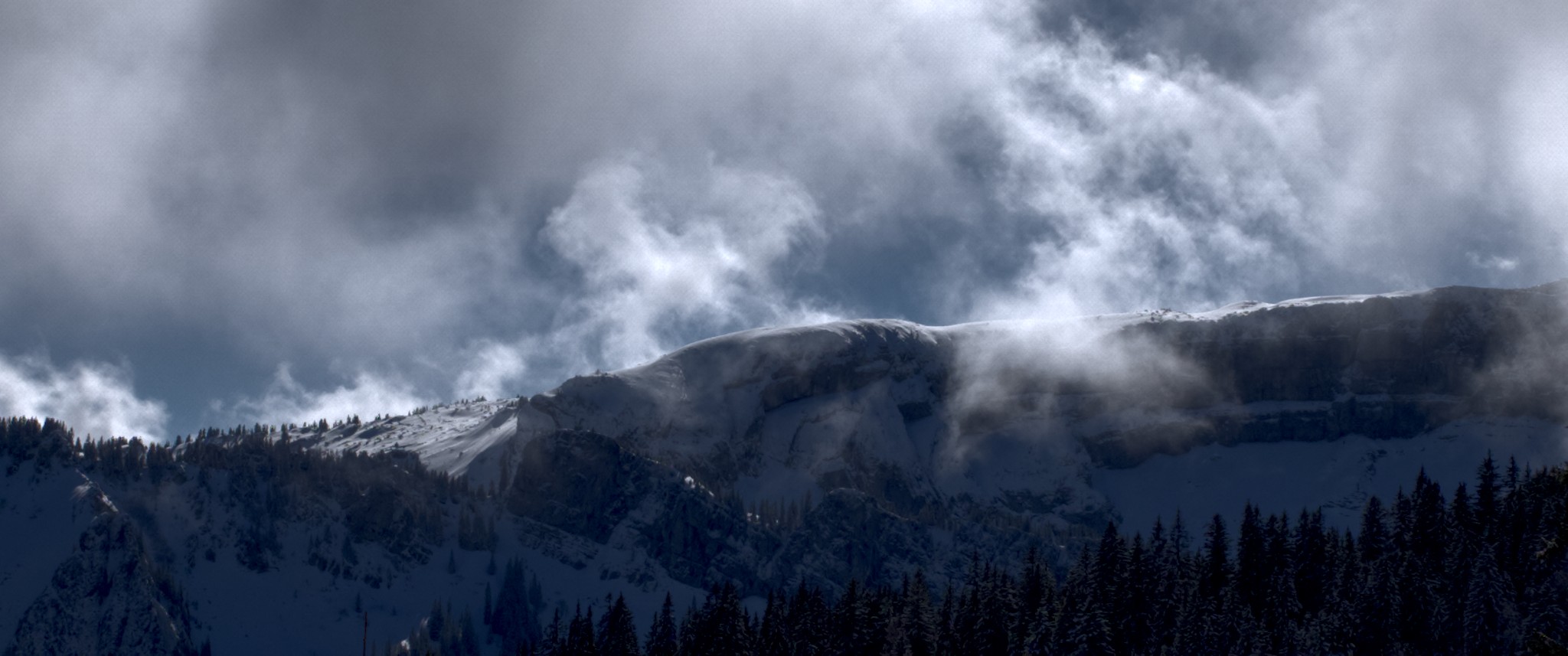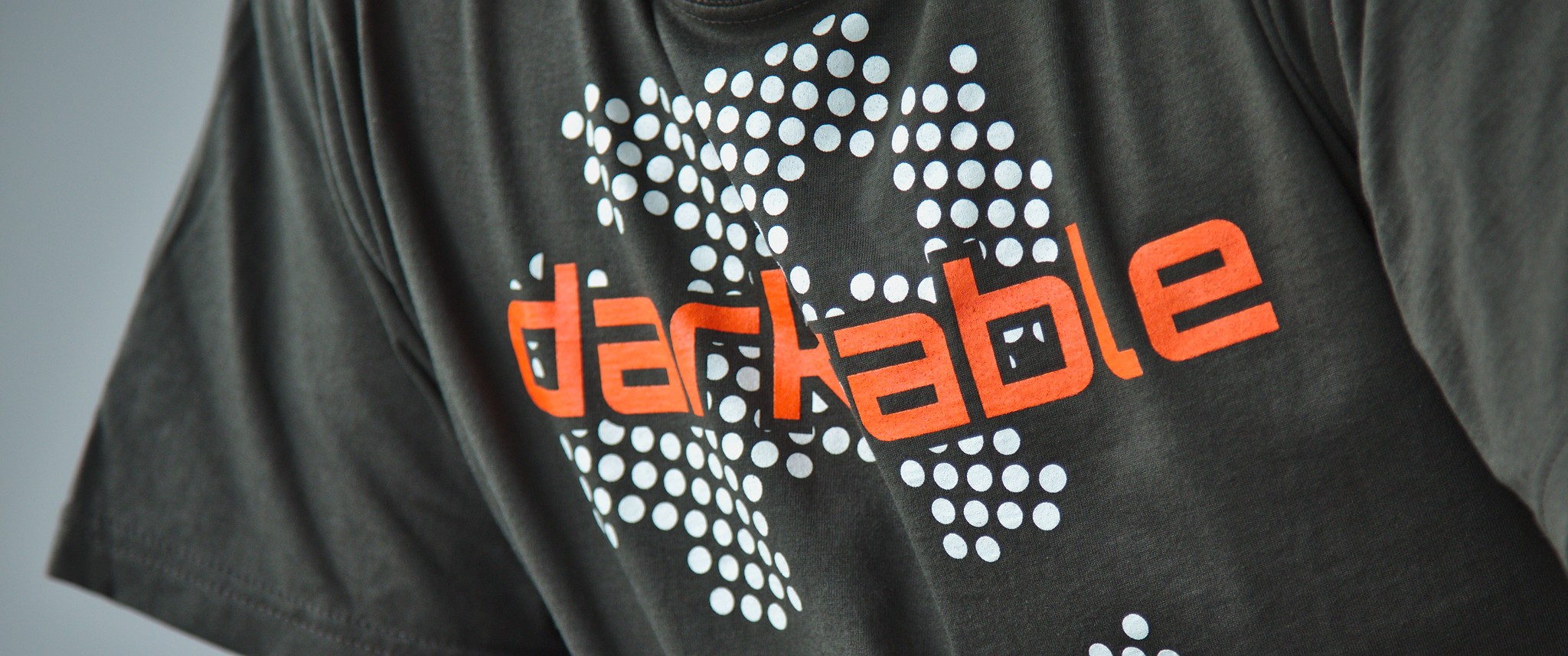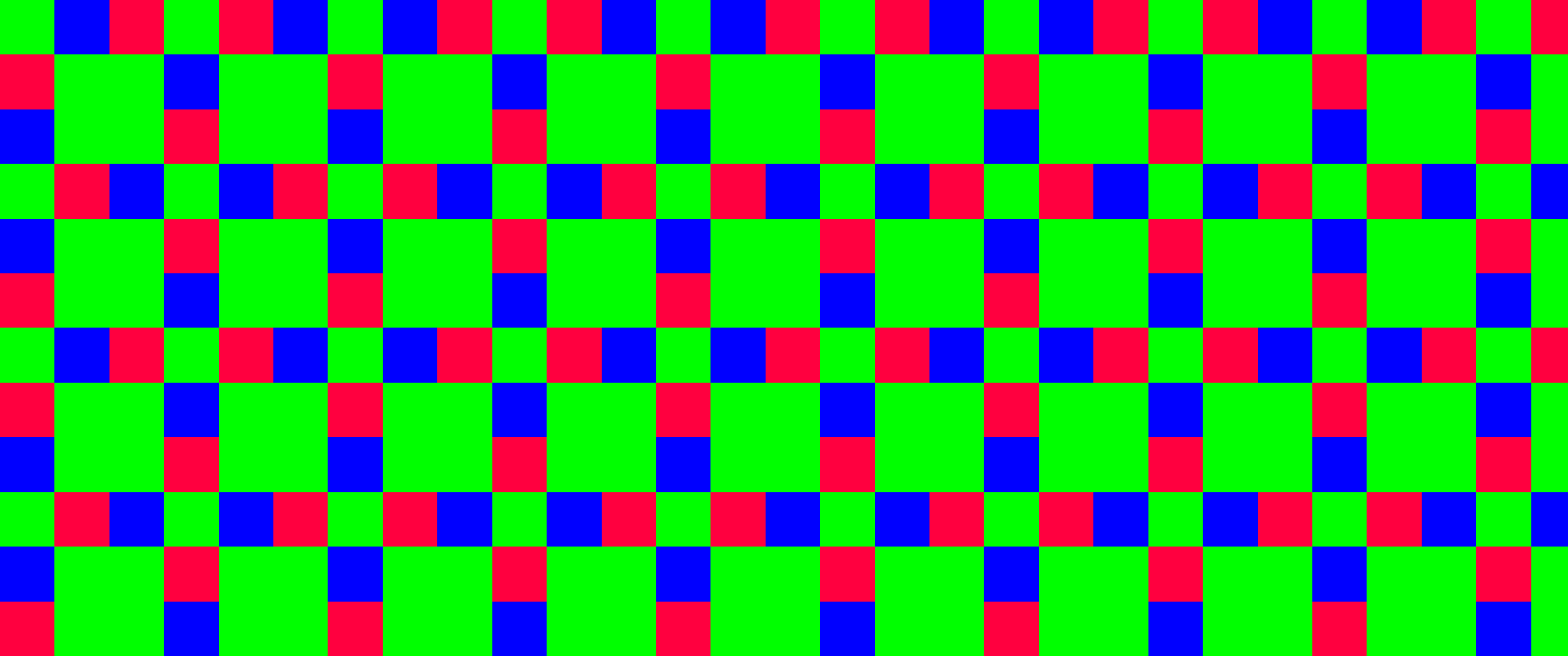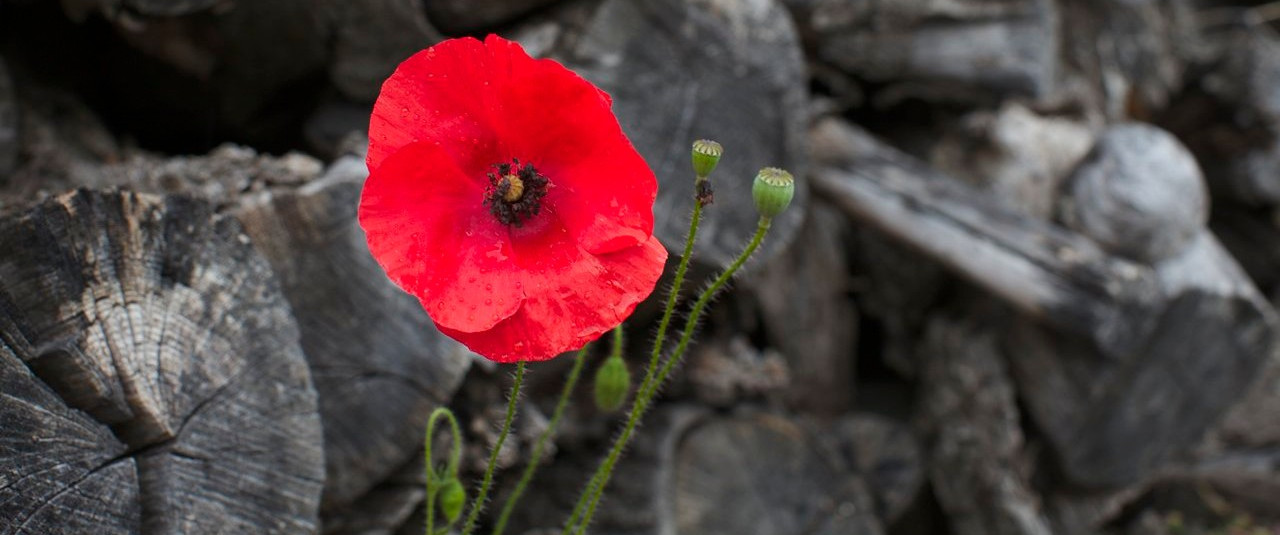Since many years darktable offers a versatile tool for manual perspective correction in the crop & rotate module [1]. Although the principle is simple and straightforward, there are cases where it can prove difficult to get a convincing correction, especially if no distinct vertical or horizontal features can be spotted in the image. To overcome these limitations a new “perspective correction” module has just been added that is able to automatically correct for converging lines.
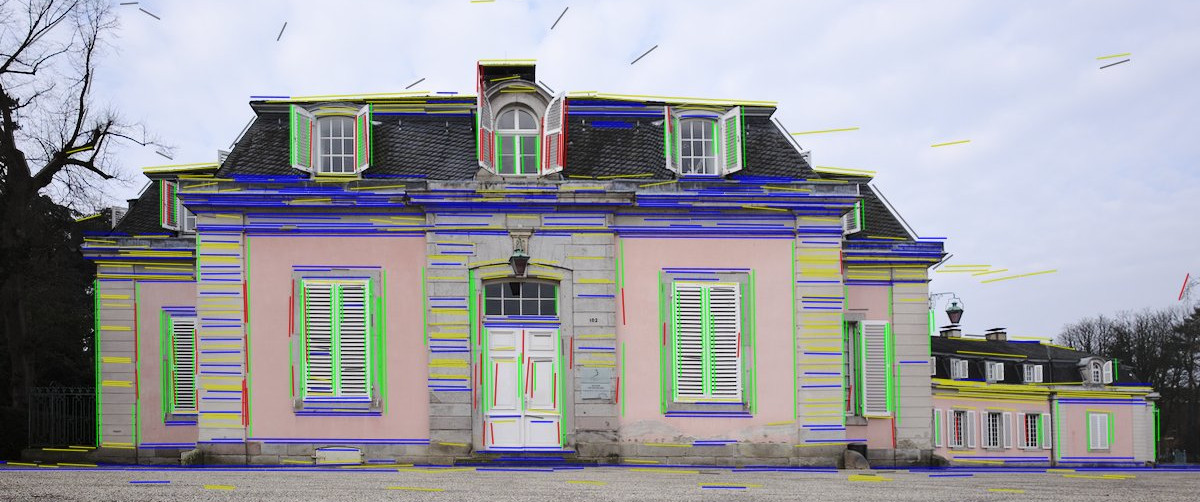
A new module for automatic perspective correction
posted on
by
upegelow

